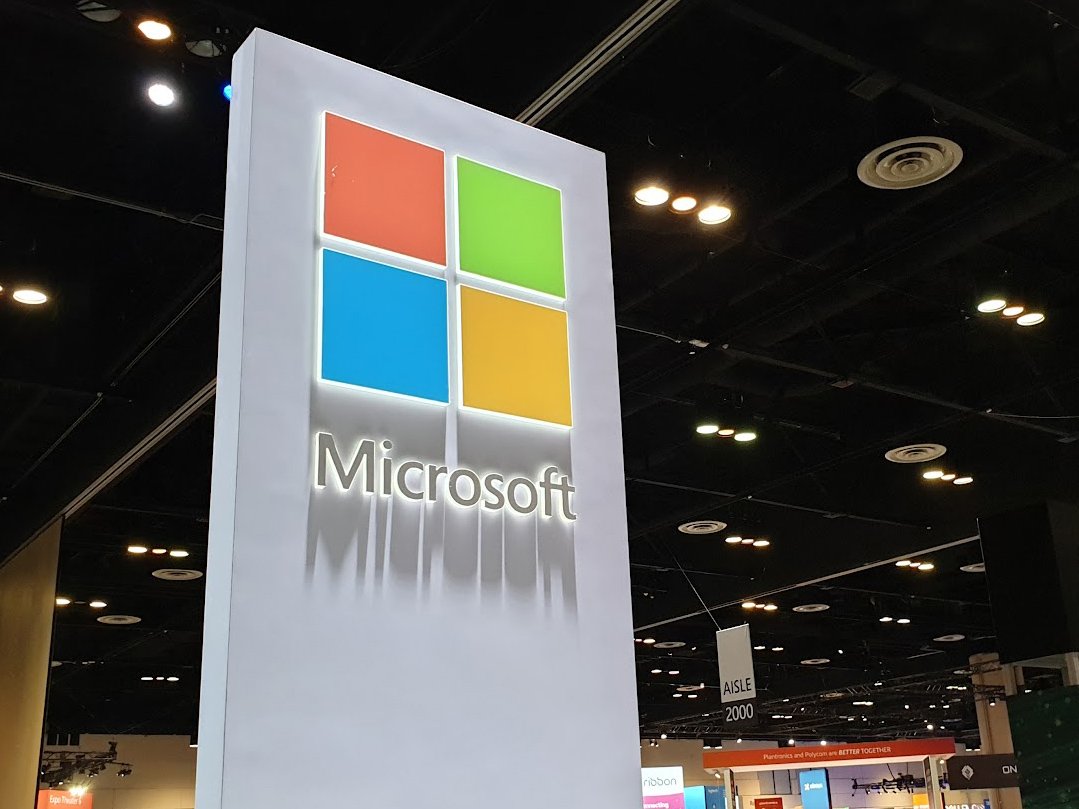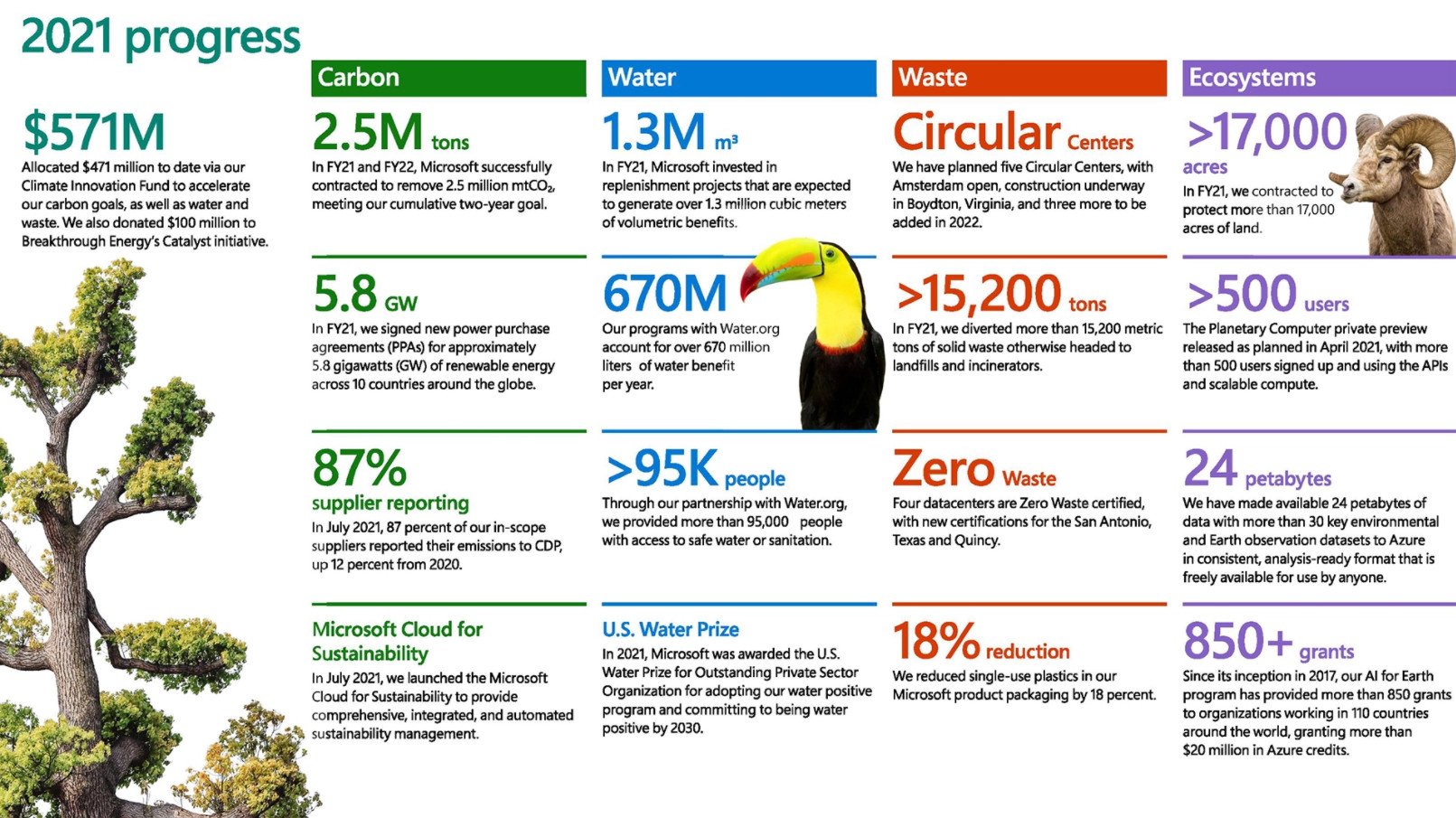As Microsoft's revenue grew in 2021, so did its carbon footprint
Better luck next year.

What you need to know
- Microsoft's Scope 3 emissions saw a 23% year-over-year (YoY) spike in 2021.
- Scope 3 emissions represent "the total emissions across a company's entire value chain."
- Microsoft reminds us that this emissions spike happened alongside 2021's strong revenue haul and business growth.
Microsoft has released an update on the status of its mission to become carbon negative by 2030. That update contains good news, a data-loaded infographic, and the not-insignificant detail that the company's Scope 3 emissions jumped by "about" 23% YoY in 2021.
Scope 1 and 2 emissions reduced by roughly 17% YoY thanks to the company's renewable energy purchases. As for the Scope 3 figure, here's what Microsoft's blog post had to say: "We know that Scope 3 emissions (representing the total emissions across a company's entire value chain) are the most difficult to control and reduce. Our experience this past year has provided us with critical and additional early learning on our path towards our 2030 carbon negative milestone, and we are applying this learning quickly with additional measures to strengthen efforts to reduce our Scope 3 emissions."
Microsoft is not happy with that 23% increase, which is why it's already instituting changes in the service of preventing another large yearly Scope 3 emissions spike. It's boosting its internal carbon fee to make minimizing footprints a more incentivized endeavor and will raise the fee with greater speed as 2030 approaches. The company is also "accelerating work to set business-group specific annual carbon intensity targets based on fundamental business drivers."

Microsoft notes, however, that its 23% Scope 3 jump was not a random occurrence. It came about alongside the company's datacenter expansion efforts, as well as growth in business, device sales, and revenue.
With all that being said, Microsoft remains committed to its various 2030 goals (carbon negativity, water positivity, and zero waste) and continues to support endeavors such as its Cloud for Sustainability. It had victories in 2021, like reducing single-use plastics in its product packaging, but as always, there's more work to be done.
All the latest news, reviews, and guides for Windows and Xbox diehards.

Robert Carnevale was formerly a News Editor for Windows Central. He's a big fan of Kinect (it lives on in his heart), Sonic the Hedgehog, and the legendary intersection of those two titans, Sonic Free Riders. He is the author of Cold War 2395.
